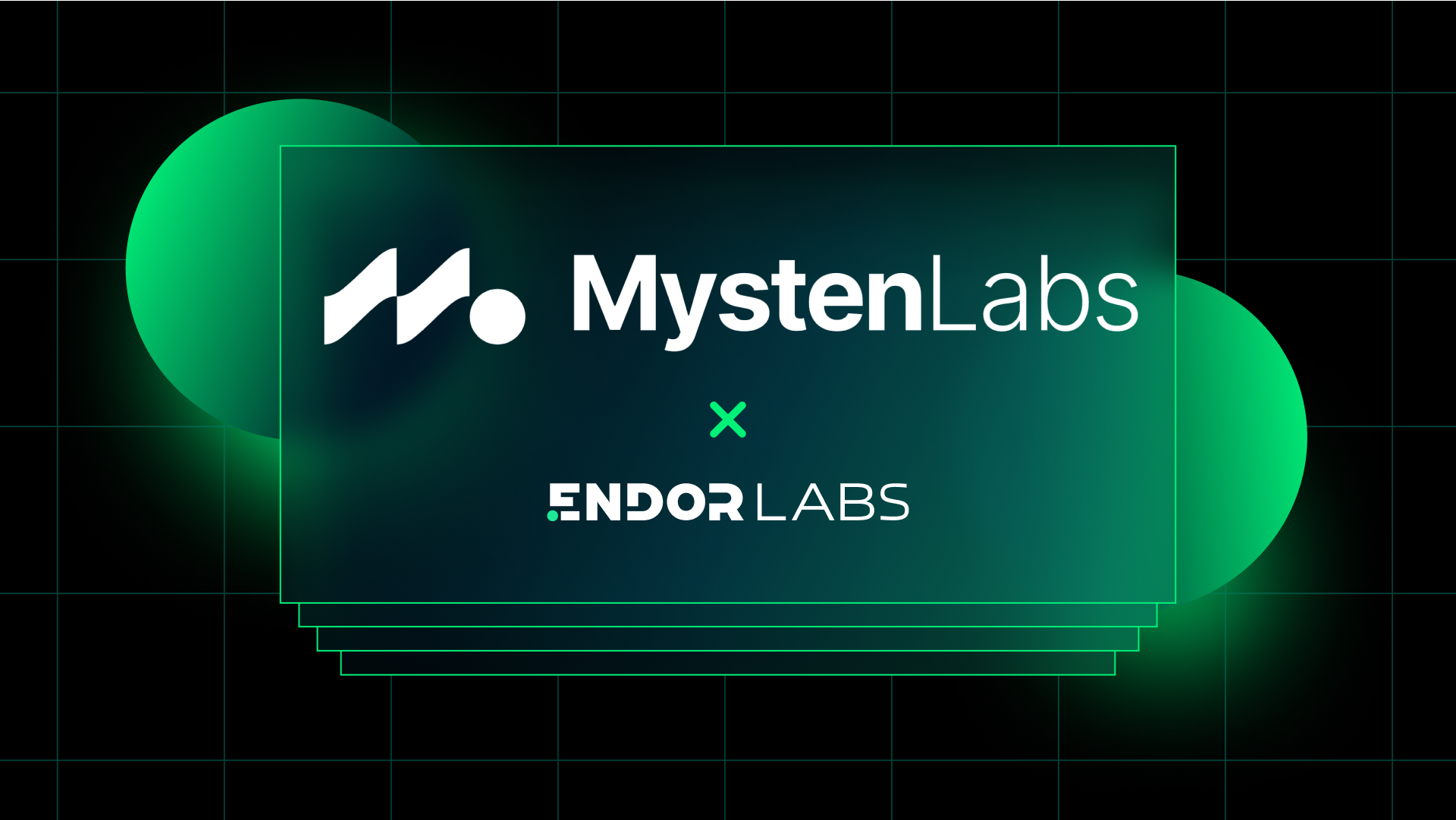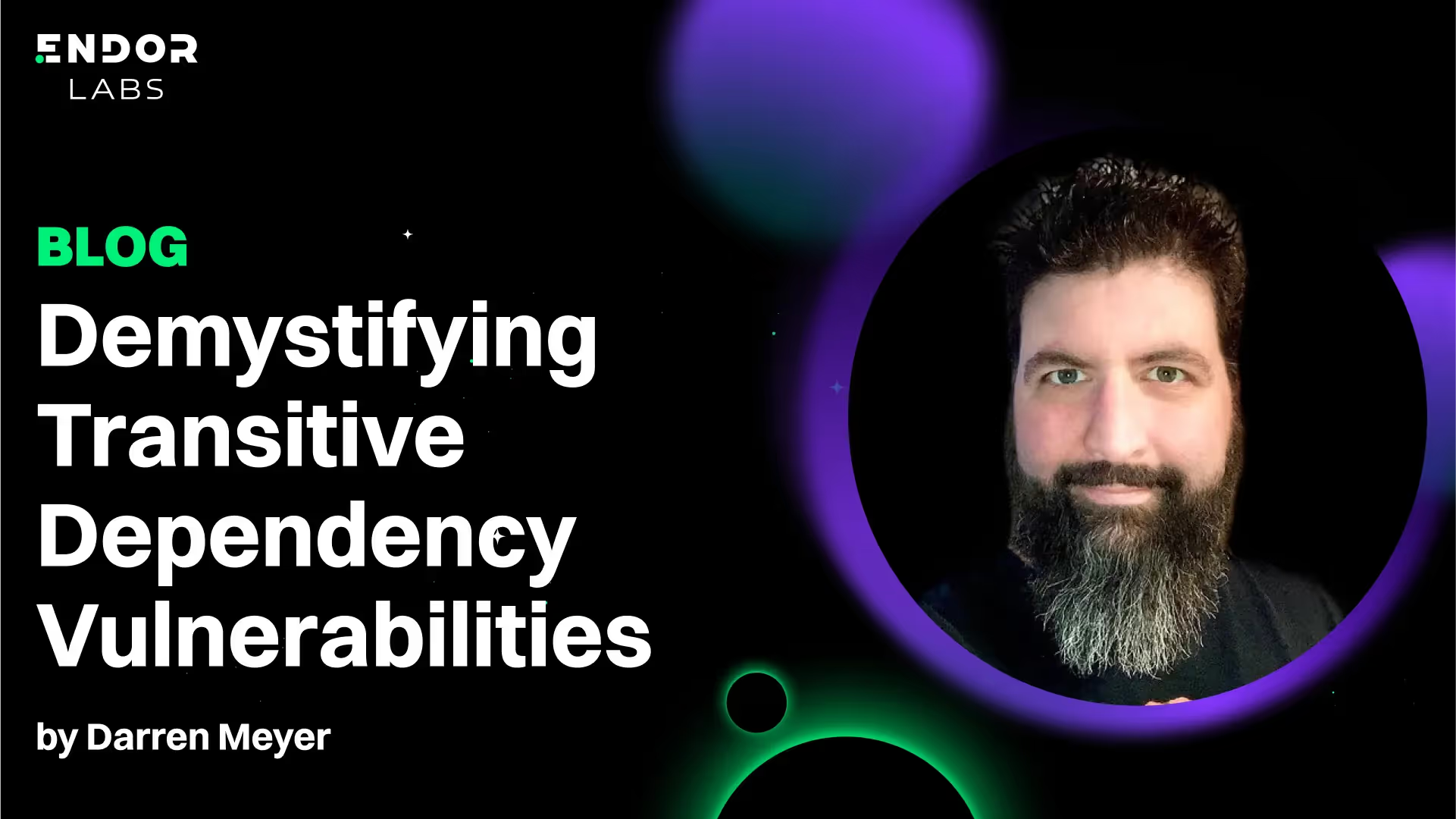When it comes to software development, blending security engineering with development is a must, but it’s definitely no walk in the park. In this webinar we discuss Endor Lab’s approach to bridging this gap and shed light on why remediation efforts are often painful for developers and how we can alleviate these pains through our latest capabilities.
Software composition analysis (SCA) tools are a common part of this workflow, used to automate toil so AppSec owners with limited resources can focus on higher-order tasks. But before diving deep into remediation, it’s crucial to outline the common phases in the vulnerability management process: identify >> prioritize >> address. Most organizations struggle at various stages within this process due to visibility overload, lack of prioritization, and inefficient remediation methods.
Visibility Overload and Prioritization
Initially, organizations seek to identify potential dependency risks through Software Composition Analysis (SCA) tools. However, this often leads to an overload of information, which necessitates a robust prioritization framework. Filtering by reachability analysis, function-level relevance, and scoring systems such as EPSS and CVSS helps in reducing the noise and focusing on what truly matters.
Remediation: The Roadblock
Once issues are identified and prioritized, the actual remediation process can become a significant hurdle. Developers are faced with three options: accept the risk, remediate the issue, or mitigate it. The majority of us in security and development know that remediation, often involving upgrades, can introduce breaking changes while tackling hidden risks. This has traditionally made developers hesitant and fearful of addressing vulnerabilities.
The AppSec and DevOps Divide
An age-old question that arises is: Why should developers bear the burden of fixing security issues? The short answer is the context gap. AppSec teams often do not possess the domain-specific knowledge required to make informed changes without possibly disrupting key functionalities. Moreover, developers, being the front-line engineers, are often better equipped to handle such updates in a way that aligns with business priorities and continuity.
Introducing Upgrade Impact Analysis and Endor Magic Patches
Our proposition to bridge this gap is the introduction of “Upgrade Impact Analysis” and "Magic Patches." Upgrade Impact Analysis shows you what breaking changes a fix could cause. Endor Magic Patches are backported vulnerability fixes applied to older versions of software, mitigating risks without necessitating disruptive upgrades. Magic patches provide an effective solution, allowing organizations to remain compliant while developers gradually work towards complete remediation.
For example, consider a common scenario involving the Jackson Databind library in Java. When a vulnerability is identified, it prompts an upgrade—typically a challenging task that risks breaking changes. Magic patches, however, offer a version-specific fix addressing multiple vulnerabilities with minimal code changes.
Building Confidence and Trust
The foundation of these capabilities is transparency. By providing detailed build logs, test results, and deploy logs, along with reproducible builds, you can foster trust with development teams. This transparency ensures that teams can confidently integrate these patches, knowing exactly what changes have been made and why.
In summary, the key to successful vulnerability management and remediation lies in clear communication, setting accurate expectations, and providing tools that respect the workflow and constraints of development teams. By leveraging magic patches, we can transform the daunting task of remediation into a manageable and even straightforward process.
We believe that empowering development teams with the right tools and visibility is crucial. Our goal is not just to reduce risk but to do so in a way that enables developers to maintain productivity and continue delivering high-quality, secure code.
Get Started with Endor Labs
We think you should expect more from your SCA and we’re here to make it a reality. When you use Endor Labs, you can:
- Find the vulnerabilities that matter most with reachability analysis,
- Prioritize which risks to remediate using upgrade impact analysis, and
- Patch those hard-to-upgrade packages with Endor Magic Patches.
Book a demo to see how Endor Labs helps you secure everything your code depends on or start a free, full-featured 30-day trial that includes test projects and the ability to scan your own projects, so try it out!
40+ AI Prompts for Secure Vibe Coding



What's next?
When you're ready to take the next step in securing your software supply chain, here are 3 ways Endor Labs can help:











![Blocking with Confidence: Relativity's Dev[eloper] Experience Journey](https://cdn.prod.website-files.com/6574c9e538a34feac8cec013/68b9d2c15649a03ae0ae83aa_LinkedIn%20Article_%20Relativity.png)
